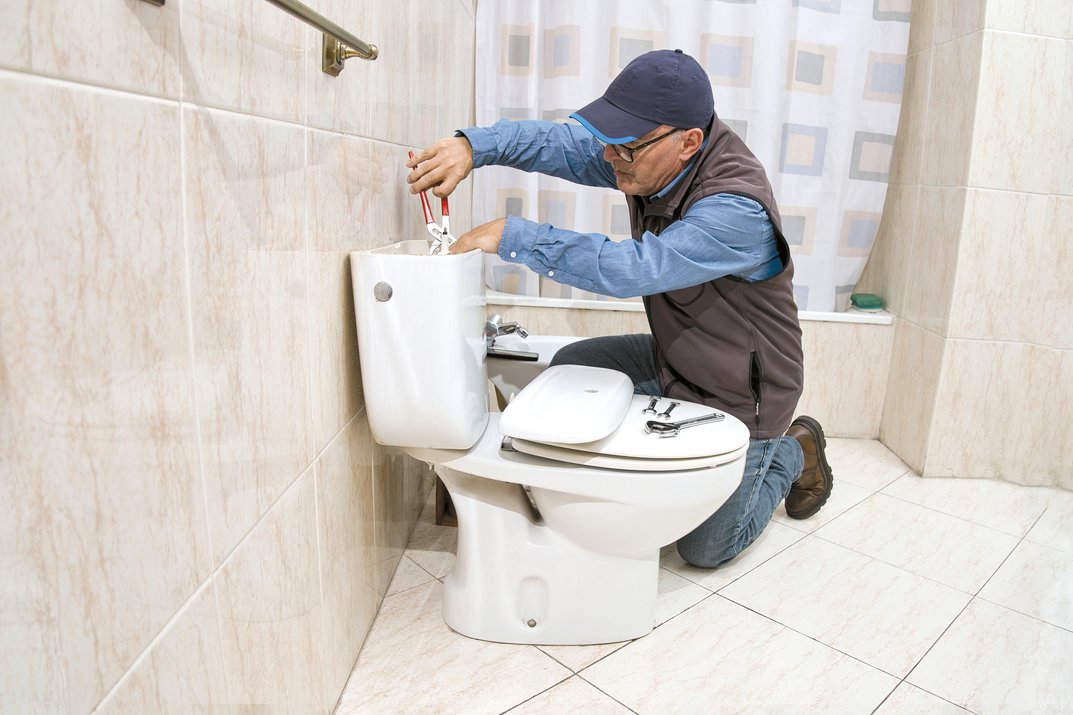In today's world, where sustainability and resource conservation are paramount, the advantages of high-efficiency toilets are becoming increasingly significant. These modern plumbing fixtures not only save water but also contribute significantly to environmental conservation and cost savings. Let's delve into the multifaceted benefits of these innovative toilets.

Understanding High-Efficiency Toilets
High-efficiency toilets (HETs) are designed to use less water per flush compared to traditional toilets. While a conventional toilet might use up to 3.5 gallons per flush, HETs typically use 1.28 gallons or less, reducing water usage by more than 50%. This substantial decrease in water consumption is one of the primary advantages of high-efficiency toilets.
But how do they work? High-efficiency toilets employ advanced flush systems, such as dual-flush, pressure-assist, or gravity-fed mechanisms, to ensure effective waste removal with minimal water usage. This innovation has not only made them a household staple but also a favorite in commercial settings where water conservation is critical.
Water Conservation: A Global Necessity
Water scarcity is a pressing issue worldwide, making water conservation efforts more crucial than ever. According to the EPA, toilets account for nearly 30% of household water consumption. By switching to high-efficiency toilets, households can significantly reduce their water usage, contributing to global water conservation efforts.
Moreover, adopting these toilets aligns with various water conservation goals and standards set by environmental agencies. By utilizing less water, high-efficiency toilets help in reducing the strain on municipal water systems and decrease the energy used in water treatment processes, further emphasizing their eco-friendly nature.
Economic Benefits of High-Efficiency Toilets
Beyond environmental implications, the advantages of high-efficiency toilets extend to substantial economic benefits. One of the most attractive aspects is the reduction in water bills. Homeowners and businesses can experience significant savings due to the decreased water usage.
For instance, a family of four could save approximately 13,000 gallons of water per year by upgrading to an HET, translating to considerable financial savings over time. Similarly, businesses, especially those in hospitality or retail with multiple restrooms, can see their operational costs reduced by installing these efficient systems.
Furthermore, many regions offer rebates and incentives for installing high-efficiency toilets, which can offset the initial purchase cost. This financial support further enhances the economic appeal of these toilets, making them an attractive investment for both residential and commercial properties.
Environmental Impact and Sustainability
The environmental impact of high-efficiency toilets is profound. By reducing water usage, they play a vital role in preserving freshwater resources and maintaining sustainable water management practices. This is particularly important in regions facing droughts or water shortages.
Moreover, the production and maintenance of high-efficiency toilets are often geared towards sustainability. Many manufacturers use recycled materials and eco-friendly production methods, further reducing their environmental footprint. This commitment to sustainability makes high-efficiency toilets an ideal choice for eco-conscious consumers.
Challenges and Considerations
While the advantages of high-efficiency toilets are numerous, there are certain considerations to keep in mind. Some users may experience issues with flushing power, particularly with older models. However, advancements in technology have largely mitigated these concerns, and modern HETs now offer robust performance comparable to traditional toilets.
It's also essential to consider the initial cost and installation aspects. While high-efficiency toilets can be more expensive upfront, their long-term savings typically outweigh the initial investment. Additionally, professional installation may be recommended to ensure optimal performance and water savings.
Real-Life Applications and Success Stories
Numerous success stories highlight the transformative impact of high-efficiency toilets. For example, cities that have implemented widespread HET adoption have reported significant decreases in municipal water demand, leading to financial and environmental benefits.
In commercial settings, businesses have successfully reduced their operational costs by replacing older toilets with high-efficiency models. These cases underscore the practicality and effectiveness of HETs in diverse environments.
Conclusion: Making the Switch
Embracing the advantages of high-efficiency toilets is a step towards a more sustainable and economically sound future. Whether you are a homeowner looking to reduce utility bills or a business aiming to adopt greener practices, high-efficiency toilets offer a compelling solution.
For more insights on water conservation and the role of toilets, explore the role of toilets in water conservation and learn how you can reduce toilet water usage effectively.

FAQ
What are high-efficiency toilets?
High-efficiency toilets are designed to use significantly less water per flush compared to traditional toilets, typically 1.28 gallons or less.
How do high-efficiency toilets contribute to water conservation?
By using less water per flush, high-efficiency toilets help reduce overall water consumption, contributing to conservation efforts and environmental sustainability.
Are there financial incentives for installing high-efficiency toilets?
Yes, many regions offer rebates and incentives for installing high-efficiency toilets, helping offset initial costs and encouraging adoption.






